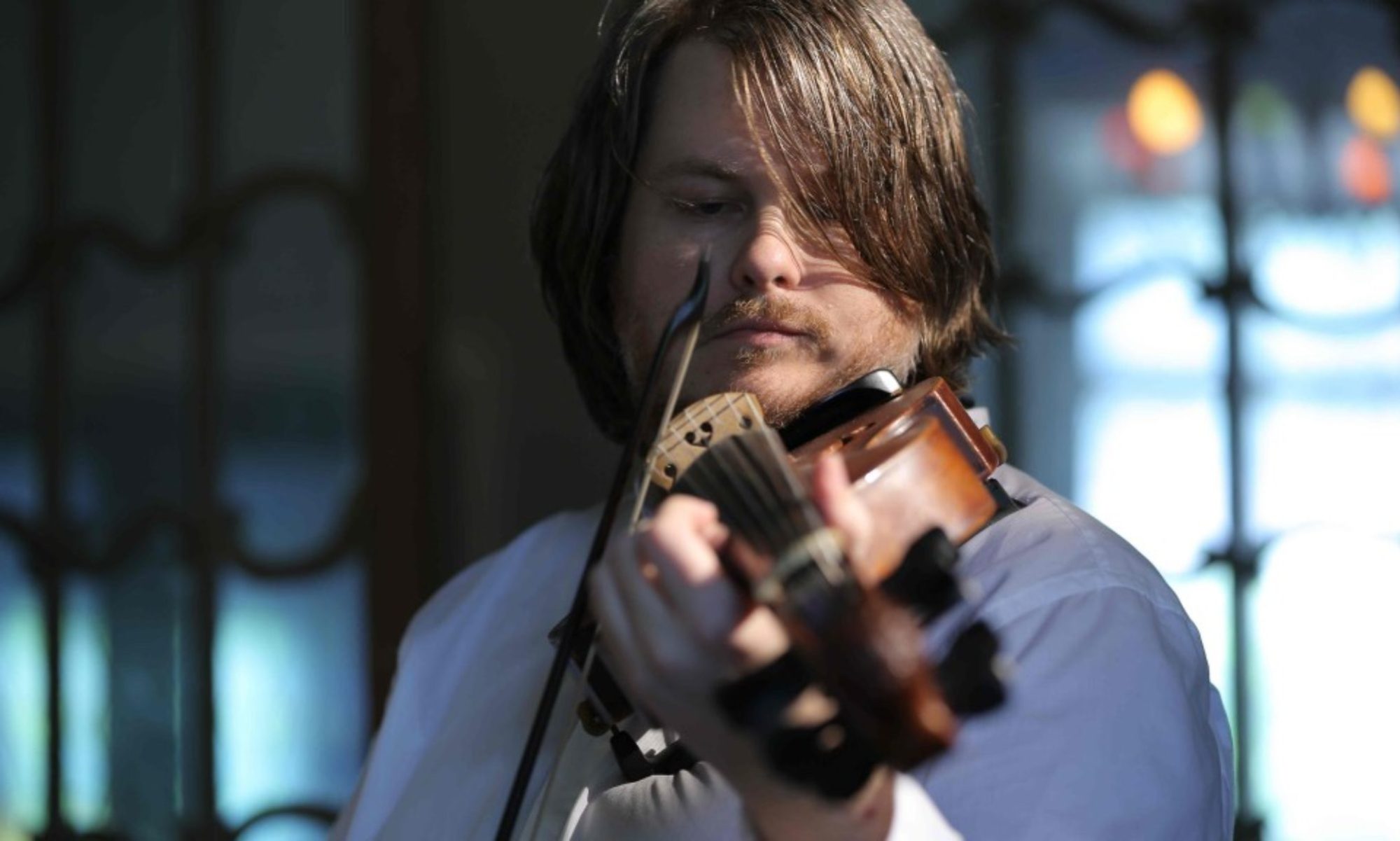
I’m a composer performer based in Cologne Germany.
My music is rooted in the traditions of new and experimental music. Many recent pieces have integrated live-electronics and computer music with acoustical instruments. I draw on a wide range of influences such as early music, microtonality and non-western musical traditions.
As a performer, I most often play the viola d’amore, sometimes the violin, which was my first instrument. I also occasionally perform on my 1/4-tone viola da gamba. In addition to performing composed music, I also work as an improviser and enjoy exploring works that skirt the boundary between composition and improvisation. Finally, I work as a computer musician with various ensembles to help realize all sorts of pieces that require technology.

